Results
-
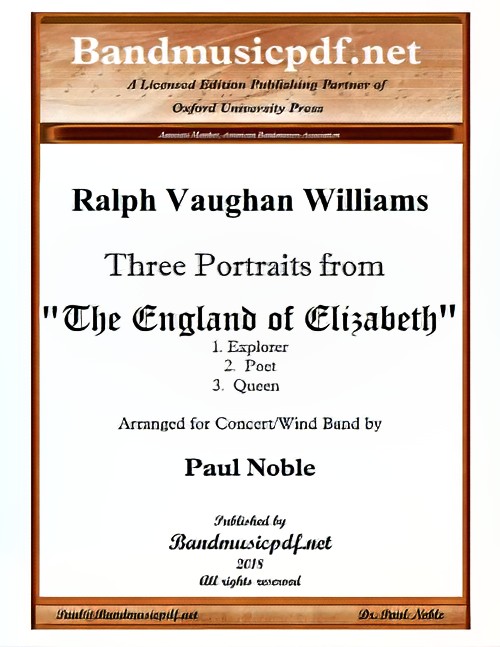 £250.00
£250.00The England of Elizabeth,Three Portraits from (Concert Band - Score and Parts) - Williams, Vaughan - Noble, Paul
This suite was derived from Vaughan Williams' score for the film, The England of Elizabeth, written in 1955. It was the composer's tenth of his 11 cinematic efforts and designed to serve a more descriptive role than other such scores, since the movie was a documentary featuring no action scenes, but lots of images of paintings, buildings, and the like. Composer Muir Matheson adapted this three-movement suite, probably shortly after the composer's death in 1958, though publication of the manuscript would not come until 1964. The first movement is entitled Explorer, and refers to Sir Francis Drake. Its music is mostly festive and colourful, but features interior passages of exotic flavor, similar in style to that of Vaughan Williams' then-recent Symphony No.8. The second movement is entitled Poet and, at about seven minutes, is the longest of the three in this 16 to 17 minute work. It also contains probably the score's best music, hardly a surprising result since the poet in question is Shakespeare, one of the composer's favourites and an inspirational springboard for so many other of his works. The mood is mostly subdued and Vaughan Williams presents lovely, if slightly somber music in the opening, and follows it with a hearty, folk-like dance tune. The latter part of this movement depicts Shakespeare as a noble, heroic figure in English history. The last movement, Queen, is devoted to Queen Elizabeth. It has a regal yet muscular manner at the outset, and features a gentle but somewhat disengaged middle section. It returns to the splendor and colour of the opening to close the work. This suite is important because it distills some of the best music from the film into a logically assembled structure. Program notes extracted from those of Robert Cummings.
Estimated dispatch 7-14 working days
-
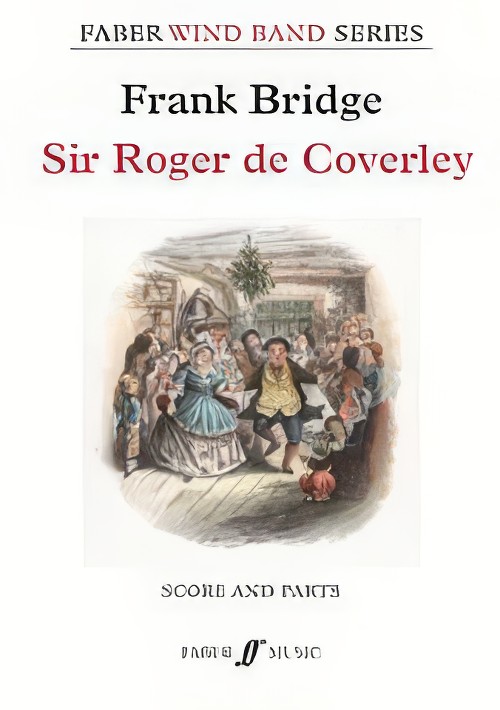 £79.99
£79.99Sir Roger de Coverley (Concert Band - Score and Parts) - Bridge, Frank - Wheeler, Alastair
Frank Bridge (1879 - 1941) was one of the leading English composers of his time. In October 1922 he adapted his popular string quartet Sir Roger de Coverley for full symphony orchestra and Sir Henry Wood agreed, at the last minute, to include it in the last night of the Queen's Hall Promenade Concerts at the end of that month. This elaborate and colourful orchestral version has never been widely performed, but has now been brilliantly transcribed by Alastair Wheeler to provide a miniature dance poem for grade 5 level concert band. Bridge's lively treatment of one of England's most famous traditional dance melodies will make a fitting end to any concert, with the strains of Auld Lang Syne introduced by Bridge as a nod towards Sir Roger de Coverley's traditional function as the final dance of a Christmas Ball, as it was in Old Mr. Fezziwig's party in Dickens' A Christmas Carol.
Estimated dispatch 7-14 working days
-
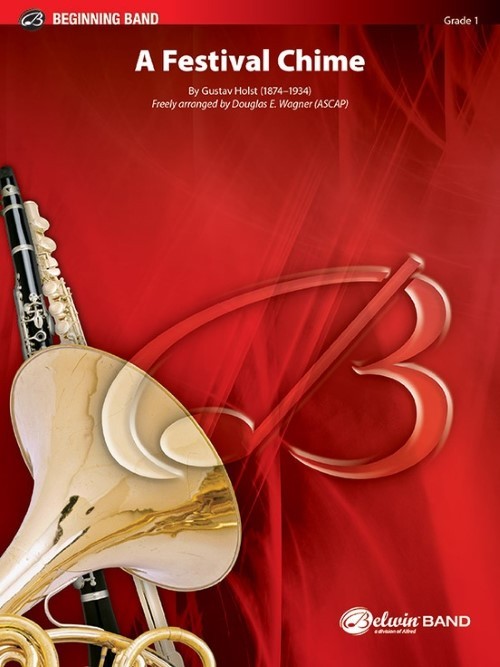 £51.50
£51.50A Festival Chime (Concert Band - Score and Parts) - Holst, Gustav - Wagner, Douglas E.
The third movement of Opus 34 (Three Festival Choruses), which Gustav Holst penned in 1916, was originally scored for chorus with piano, orchestra, or military band. The easily recognized melody is a nineteenth century Welsh ballad, known to most as the hymn tune "St. Denio," set to the words of English poet, Clifford Bax. In 3/4, this characteristically delightful Holst theme has been freely arranged to incorporate elements of his original score with additional material included to heighten musical interest for contemporary concert bands and audiences alike. As the title implies, chimes are an integral part of this arrangement; however, there are alternate options provided in the program notes if a suitable instrument is unavailable. This musical setting is complete with a variety of teaching and performance opportunities and a perfect fit for beginning concert bands. Duration: 2.00
Estimated dispatch 7-14 working days
-
 £164.99
£164.99St Paul's Suite (Concert Band - Score and Parts) - Holst, Gustav - Sparke, Philip
Between 1905 and 1934, Gustav Holst was Director of Music at St Paul's Girls School in Brook Green, London. St Paul's Suite, written for the school's string orchestra, was premiered there in 1913 and consists of four movements: an energetic Jig in 6/8 and 9/8, Ostinato, based on a simple 4-note theme, Intermezzo, an energetic and rhythmic dance and Finale, adapted from the Second Suite in F in which Holst brilliantly combines The Dargason and The English Dancing Master, with the traditional melody, Greensleeves. Duration: 13.00
Estimated dispatch 7-14 working days
-
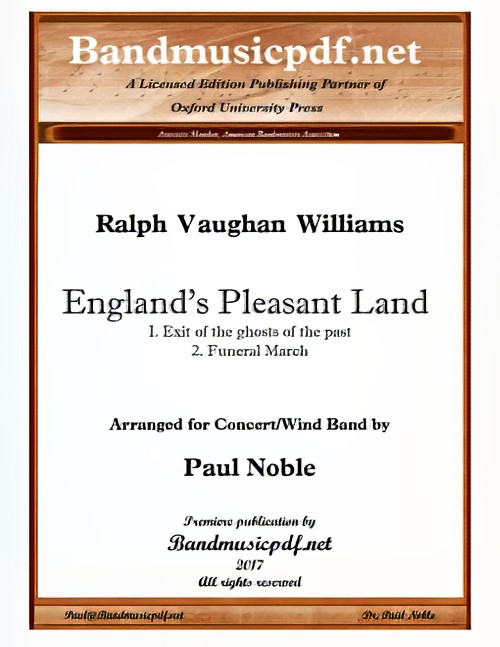 £195.00
£195.00England's Pleasant Land (Concert Band - Score and Parts) - Vaughan Williams, Ralph - Noble, Paul
England's Pleasant Land was written to accompany a pageant by the same name written by the novelist E. M. Forster. The pageant focused on the 'English countryside, its growth and destruction'. The two movements included were Vaughan Williams original contribution to the pageant. The pageant was presented around 1934, and then forgotten - until now. Bands around the world will enjoy presenting this newly found work of Ralph Vaughan Williams.
Estimated dispatch 7-14 working days
-
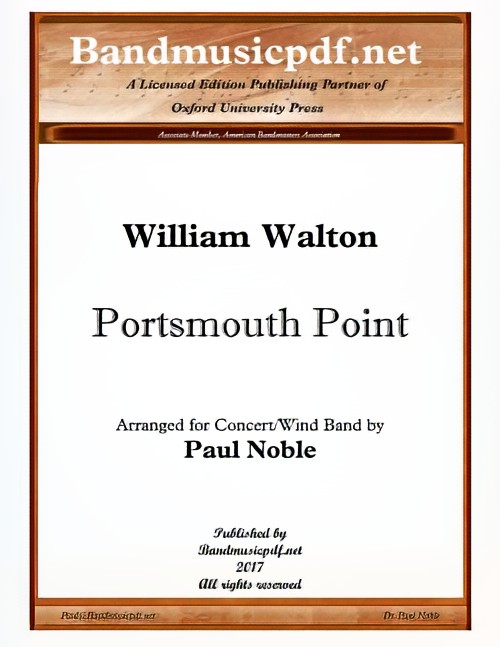 £110.00
£110.00Portsmouth Point (Concert Band - Score and Parts) - Walton, William - Noble, Paul
Portsmouth Point is an overture originally composed in 1925 for orchestra by the English composer William Walton. The work was inspired by the well-known painting depicting Portsmouth Point by Thomas Rowlandson. Portsmouth Point depicts in musical form the rumbustious life of British 18th century sailors. Commentators have noted the influence of Igor Stravinsky's music and of jazz in the rhythms of the score, as well as the rhythm of the Catalan sardana dance. This arrangement brings a challenging addition to the repertoire of the Concert/Wind Band, with its pointillistic rhythm and dissonances, somewhat typical of Walton in this period of his life.
Estimated dispatch 7-14 working days
-
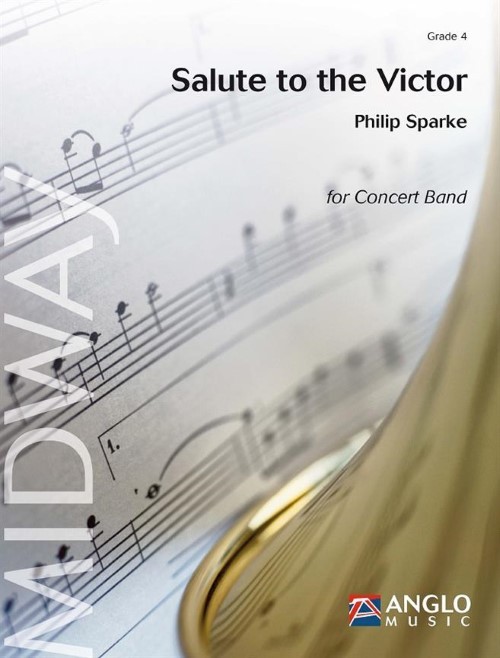 £99.99
£99.99Salute to the Victor (Concert Band - Score and Parts) - Sparke, Philip
Salute to the Victor is in traditional march form and contains, as a tribute to Victor Grieve who was a devotee of English music (in particular that of Sir Edward Elgar), a short quote from Elgar's Sea Pictures in the trio. Salute to the Victor was commissioned by Helen, Alex and James Grieve for the Golden Kangaroos (Hornsby Concert Band) from Sydney, Australia, in memory of their parents, Louise and Victor Grieve, Founder and Director. Duration: 4.00
Estimated dispatch 7-14 working days
-
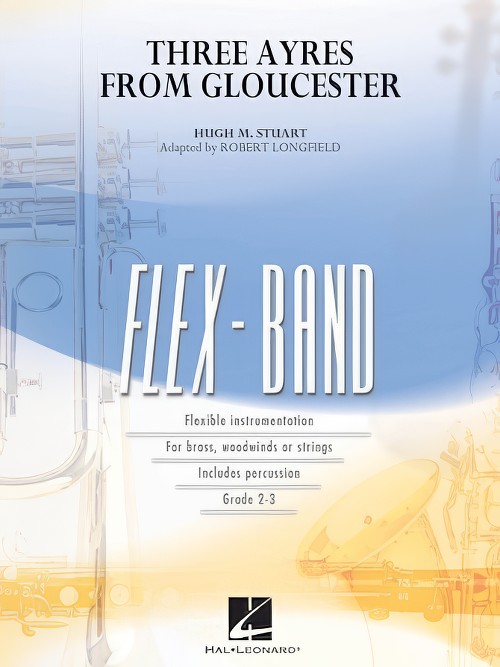 £60.99
£60.99Three Ayres from Gloucester (Flexible Ensemble - Score and Parts) - Stuart, Hugh - Longfield, Robert
This playable yet musically rewarding three-movement suite was composed by Hugh M. Stuart in 1969 and continues to be a popular work for contest and festivals. Skilfully adapted here for flexible instrumentation, the music captures the early English folksong style with moods and dances of the common folk.Duration: 5:00
Estimated dispatch 7-14 working days
-
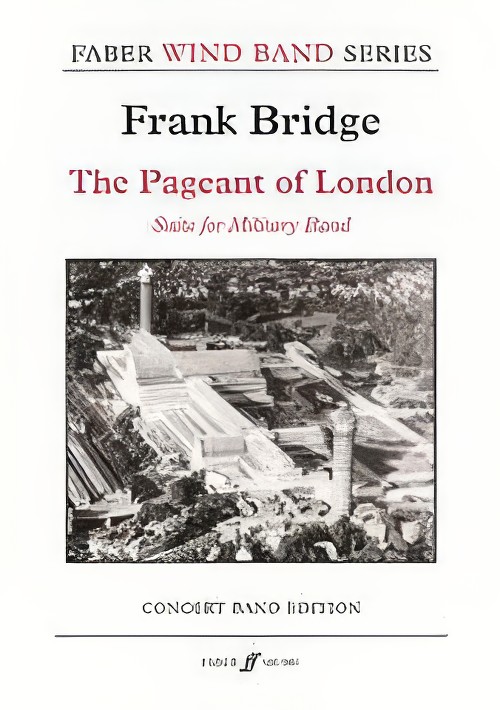 £89.99
£89.99The Pageant of London (Concert Band - Score and Parts) - Bridge, Frank
Frank Bridge was one of the finest English composers of the first half of the 20th century. The Pageant of London is his only work for wind band, comprising of two marches, one scored from Bridge's best known organ piece and including the chimes of Big Ben, plus three short renaissance pastiche items, one arranged from Playford (later used by Peter Warlock in Capriol Suite). The music is tuneful, approachable and makes a fine alternative to Holst's two suites, which were composed around the same time. Duration: 15.00
Estimated dispatch 7-14 working days
-
 £78.00
£78.00Handel in the Strand (Concert Band - Score and Parts) - Grainger, Percy Aldridge - Rohrer, Thomas P.
This delightful Grainger classic was written to depict a jolly old George Friedrich Handel careening down the Strand (the theatre district of London) accompanied by the English popular music of the day. Given the original instrumentation and label as a chamber piece in Grainger's original publication, this transcription is taken directly from Grainger's "four-some" edition of 1912, transposed down a step from G to F major. It is scored to best depict the light (and sometimes percussive) quality of the piano along with the lyrical flow of the strings and the general character of chamber music. Ultimately, the "room music" quality of the original shines through in this skilful transcription while depicting the spirit of the piece in a way that Grainger might have chosen.Duration: 3:35
Estimated dispatch 7-14 working days
